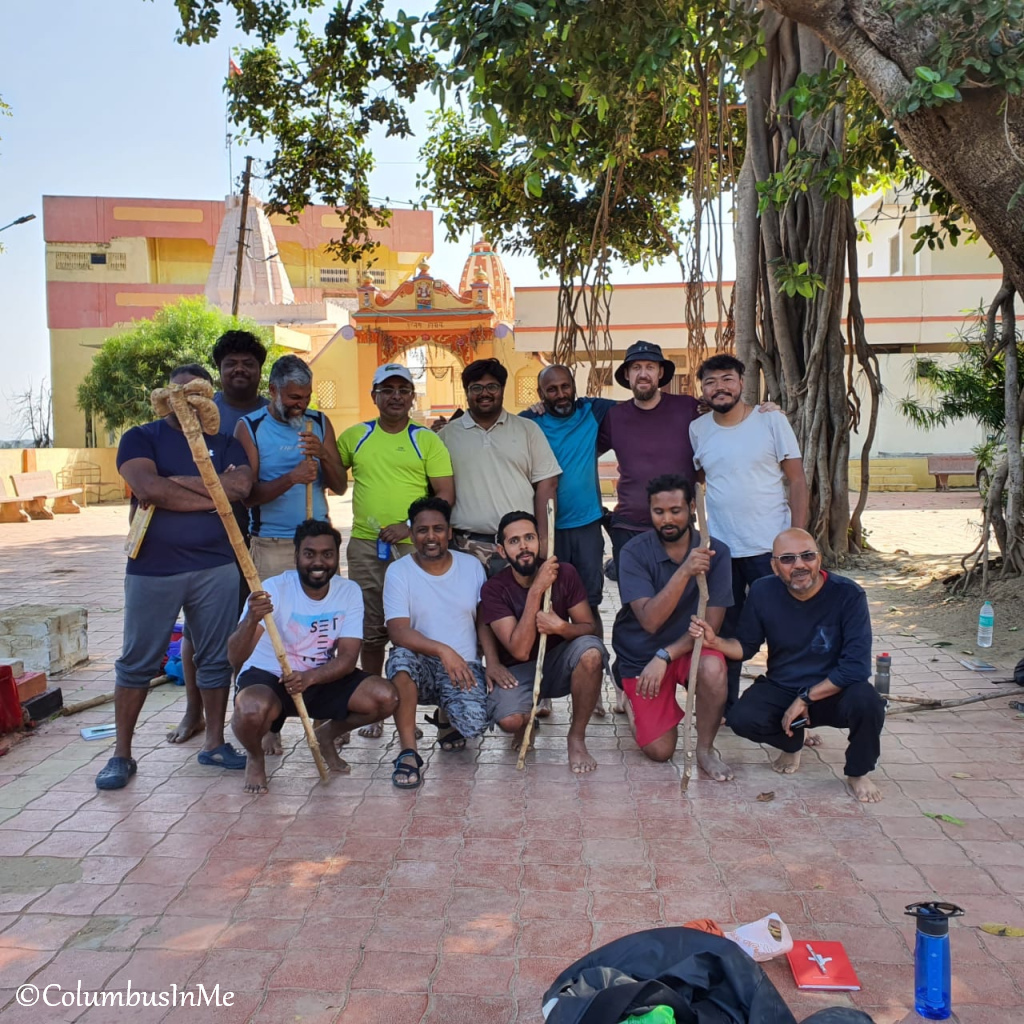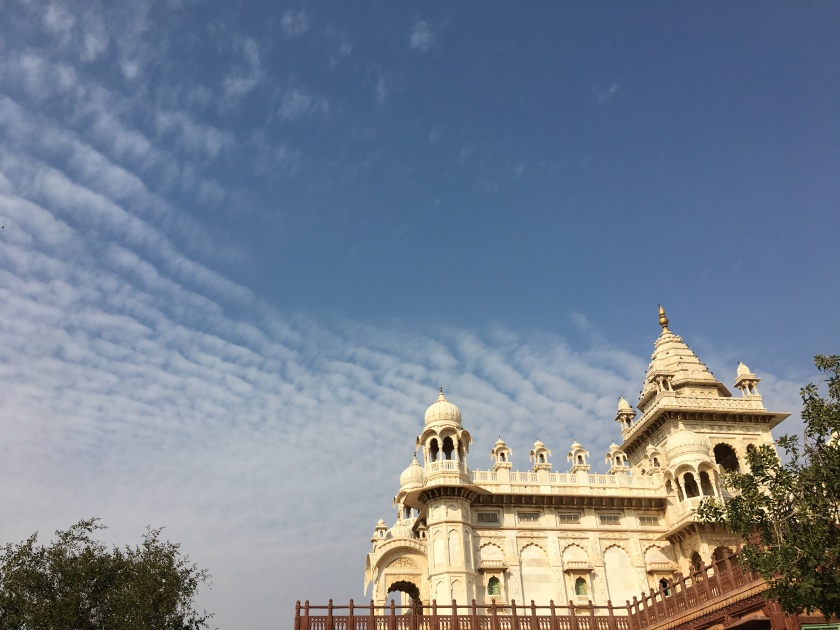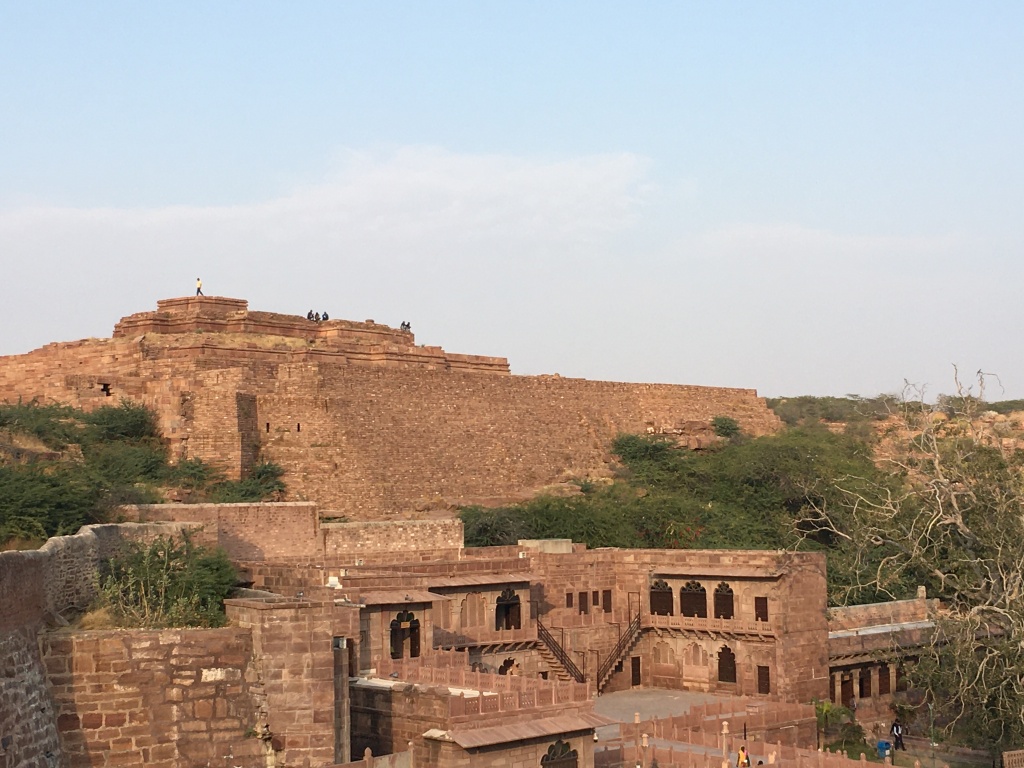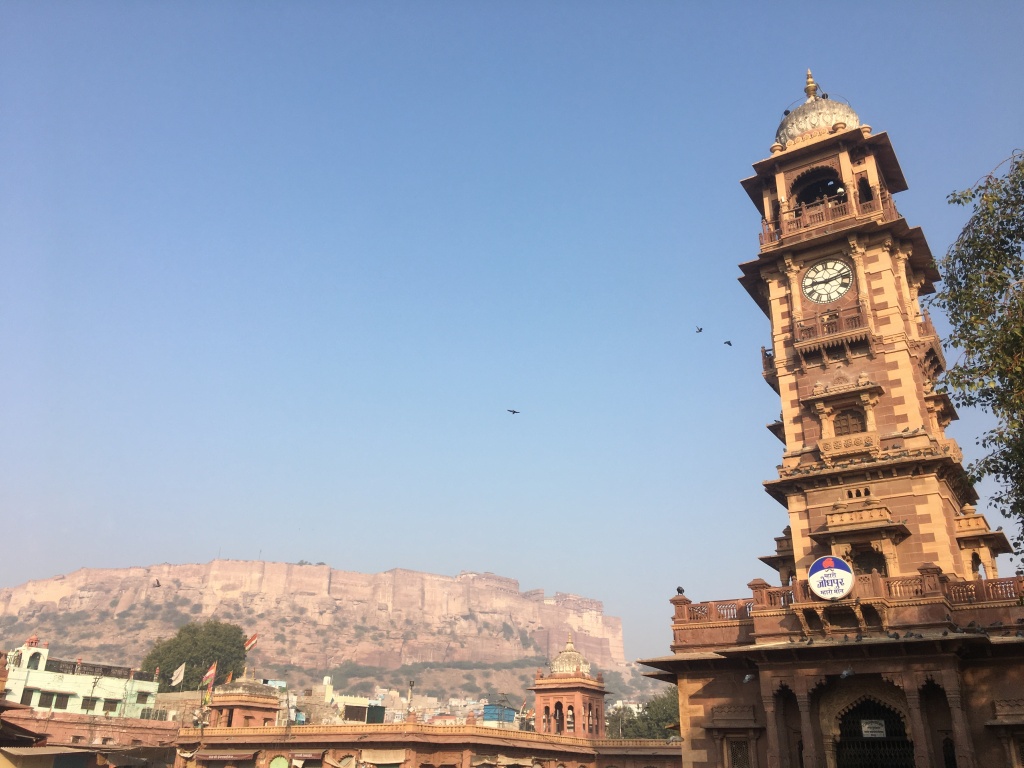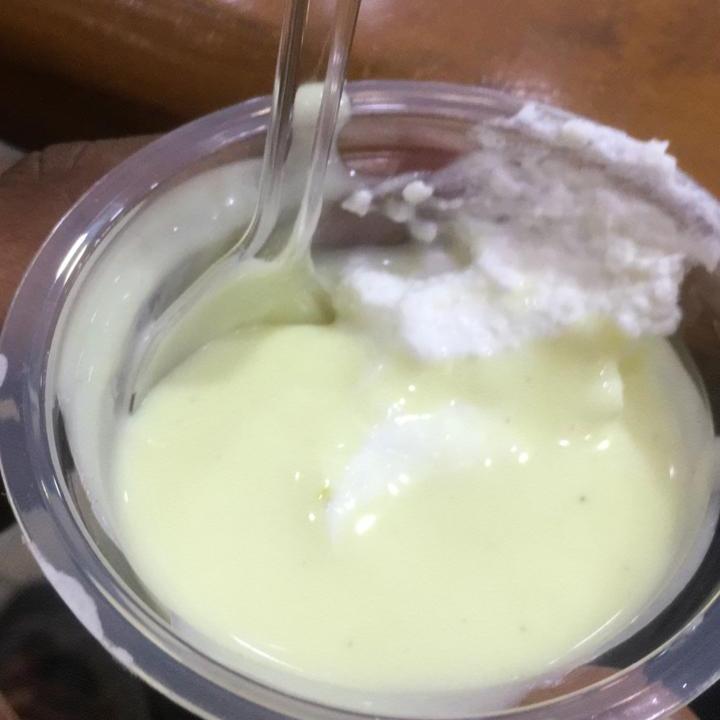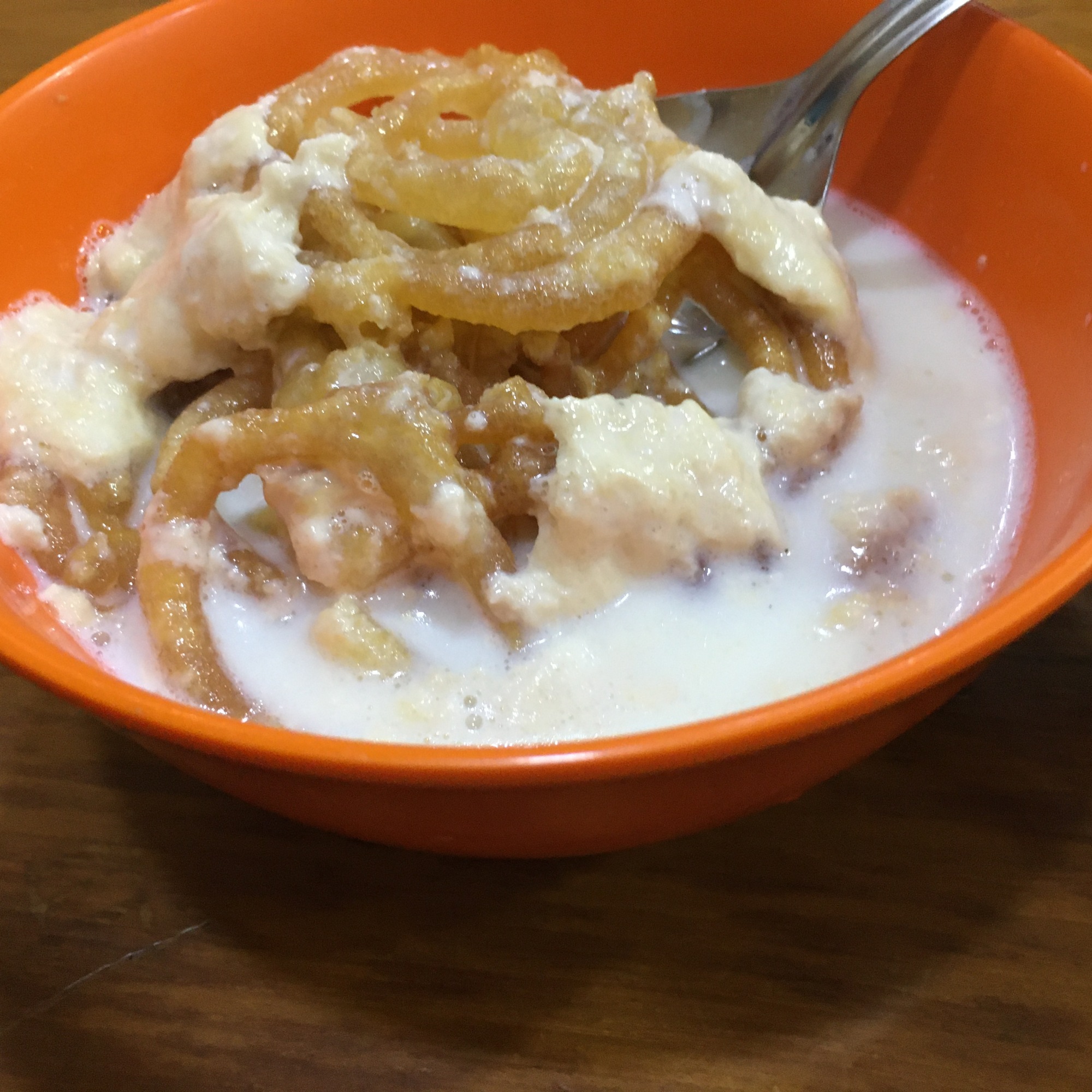I have been travelling for the last 6 months, experiencing the north and west of India (so far). To be honest, my first 100 days of travel were impulsive. There was a greed to move quickly and cover the places I had never been to.
I began my second round of travel with a leadership intervention called “The Passage of the Being Leader”. It was an eight day walk over 120 kms on the Uttaravahini stretch where the River Narmada flows north to south. Twelve men were selected through a careful screening process and were invited to the walk.
Begining of The Walk
All the men reached Baroda in anticipation of what was in store. We acquainted ourselves and began the process of building a strong relationship. Without delving into details, I will try to share with you a synopsis covering the essence of “the walk,” which every man should do at least once.
We submitted all our electronic devices, including mobile phones and wallets. We also had to leave behind anything that seemed heavy. These items were in safe storage until our return. After that, the group of 13 men huddled for a quick grace and set out on ‘the walk’ with one of us assigned to lead the walk on the banks of the Narmada river.
Our Schedule
Each day, we had targeted destinations to reach by night. Our nights were usually spent in dharam shalas, or the homes of generous village people who were kind enough to host us, provide us with dinner, a place to sleep, and freshen up until we set out the following morning. Our daily schedule included several exercises, councils, rituals, and gratitude circles. Our diet was vegetarian food twice a day.




“The walk” was grueling. We pushed our limits, walking through very tough terrain, fasting on food, walking without footwear, and walking in noble silence. Our discussions in the circles were profound and thought-provoking. Our undivided commitment to “leave no man behind” kept the brotherhood in empathy for any challenges we faced. We stayed on course to ensure every man on the walk reached the destination.
Some of the themes on the days we walked were “letting go,” “allowing to accept,” and “being uninhibited”. Our activities and discussions were centred around these themes, which guided our direction towards the welcoming consciousness and competences of a leader.
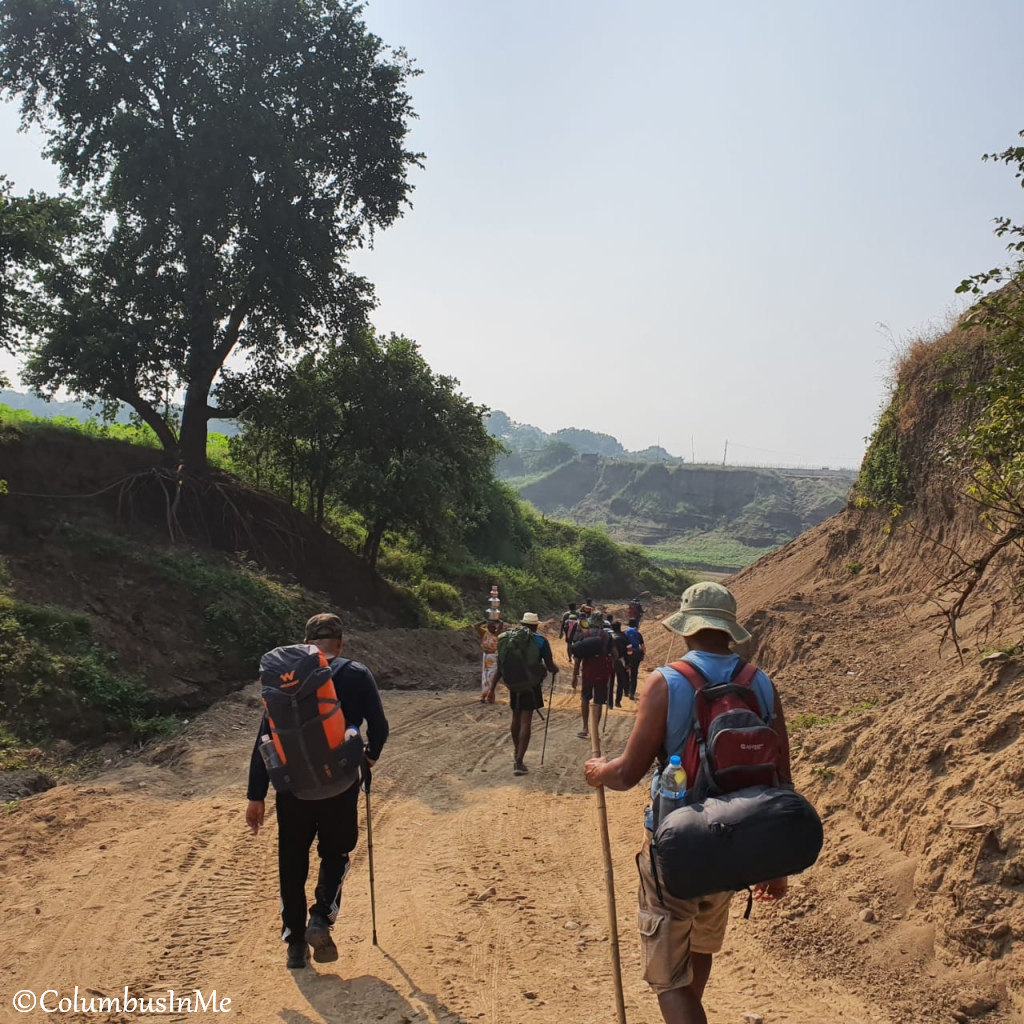
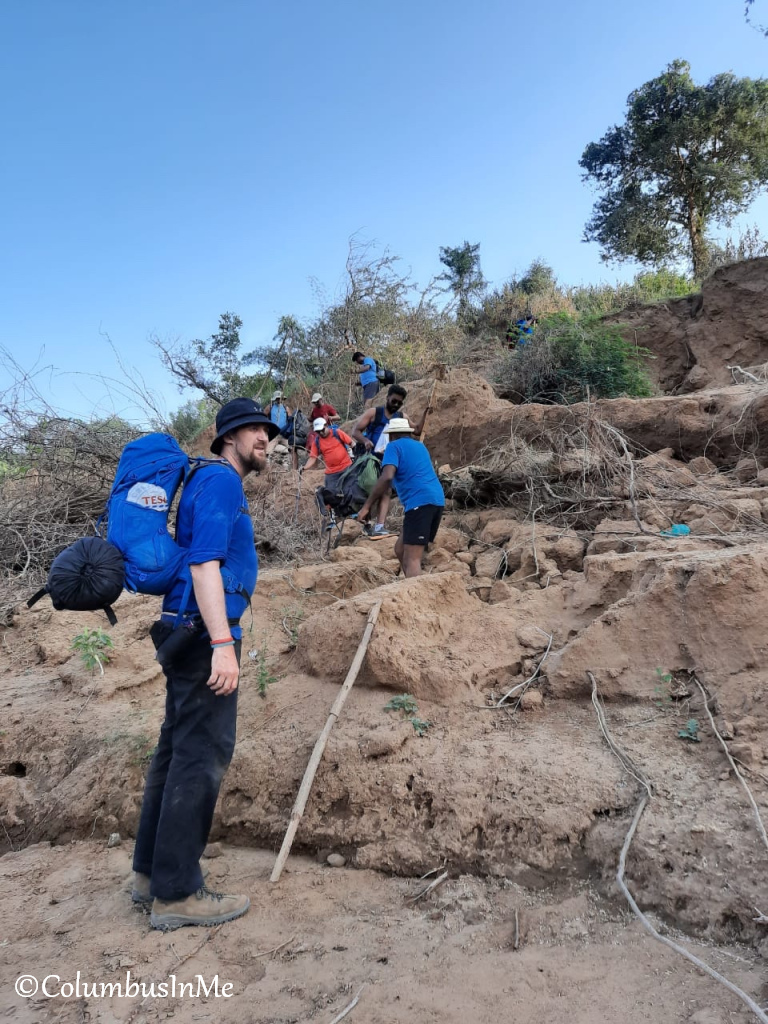
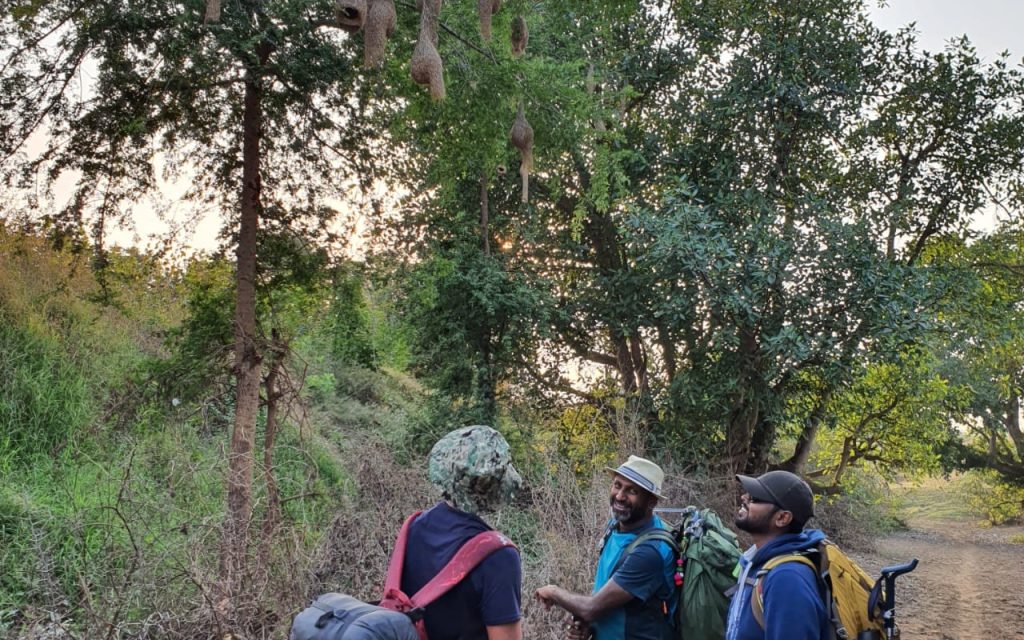
The Experience
The experiences on this walk are unparalleled to any other. One of the best things that happened was the realisation that there exists a world within the world in which we live where humanity thrives on trust, compassion, and generosity. To children, to old men, and to women on the routes we walked, we were aliens. We lead very different lives from theirs. There was just one “key” that helped the people from two different worlds connect. And that key was “Narmade Har!”, the powerful greeting of this trail.
As we touched eight destination villages and several others, Narmade Har! was used generously as a greeting to everyone who passed us. When they saw us huffing, panting, and exhausted, they would offer us tea, lemon, a resting place, and anything else we needed to continue our walk.
My Learnings
As for me, and from the perspective of my travels, something significant happened. I learnt to slow down significantly. I learnt how to become more aware of my surroundings. I am now able to enjoy and see everything more. I can now truly embrace the spirit of travel. I learnt that the journey is more important than the destination. My senses are active and tuned in. Dopamine and serotonin levels are definitely higher. I am grateful for everything that has happened and is set to happen in the future. My journey just got better than before, manifold.
This journey has even changed the way I look, which I am sure is for the better and definitely not for the worse. I love that I experience an inner state of “being inspired”, that I live in an abundance-less world, that I am in service of others and significantly aware of myself and the elements around me.
I owe it all to “The walk, The river, People of Narmada, My band of brothers and My teacher.”
Narmade Har!
